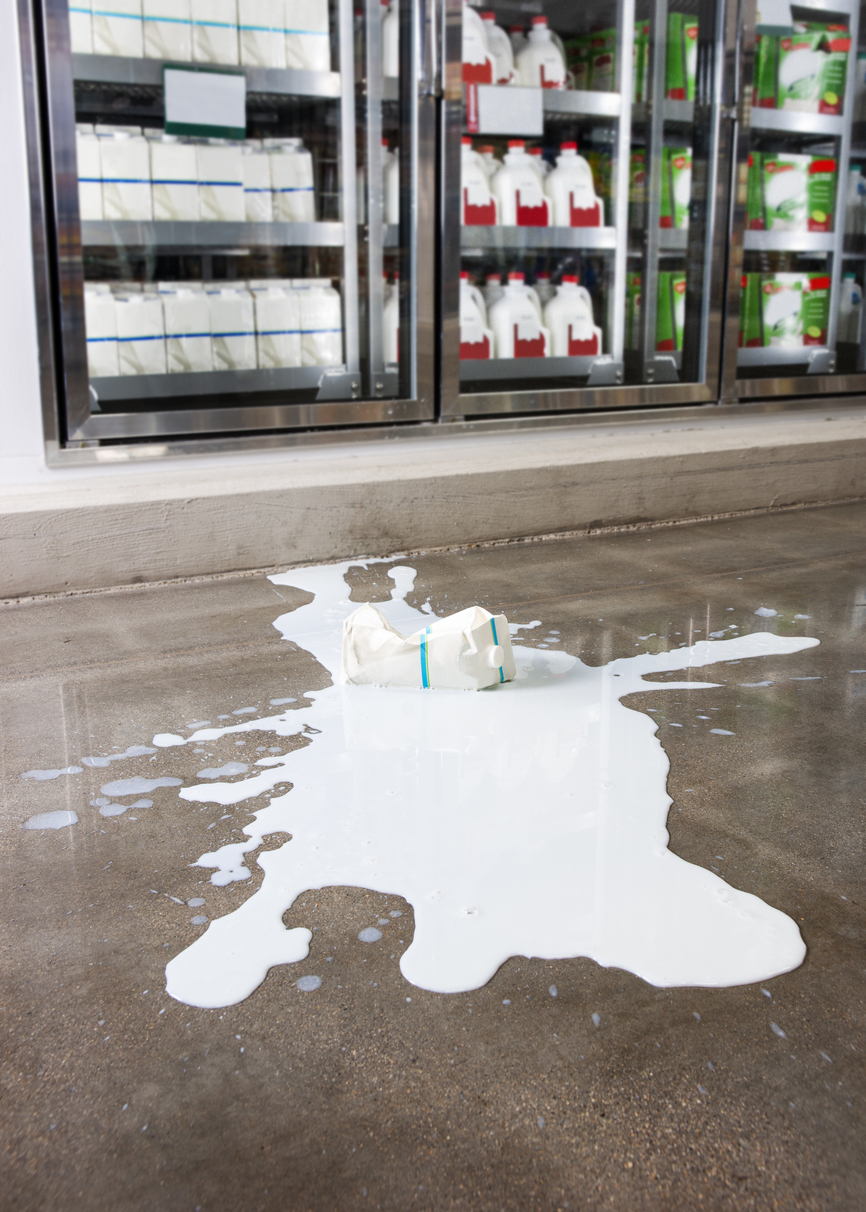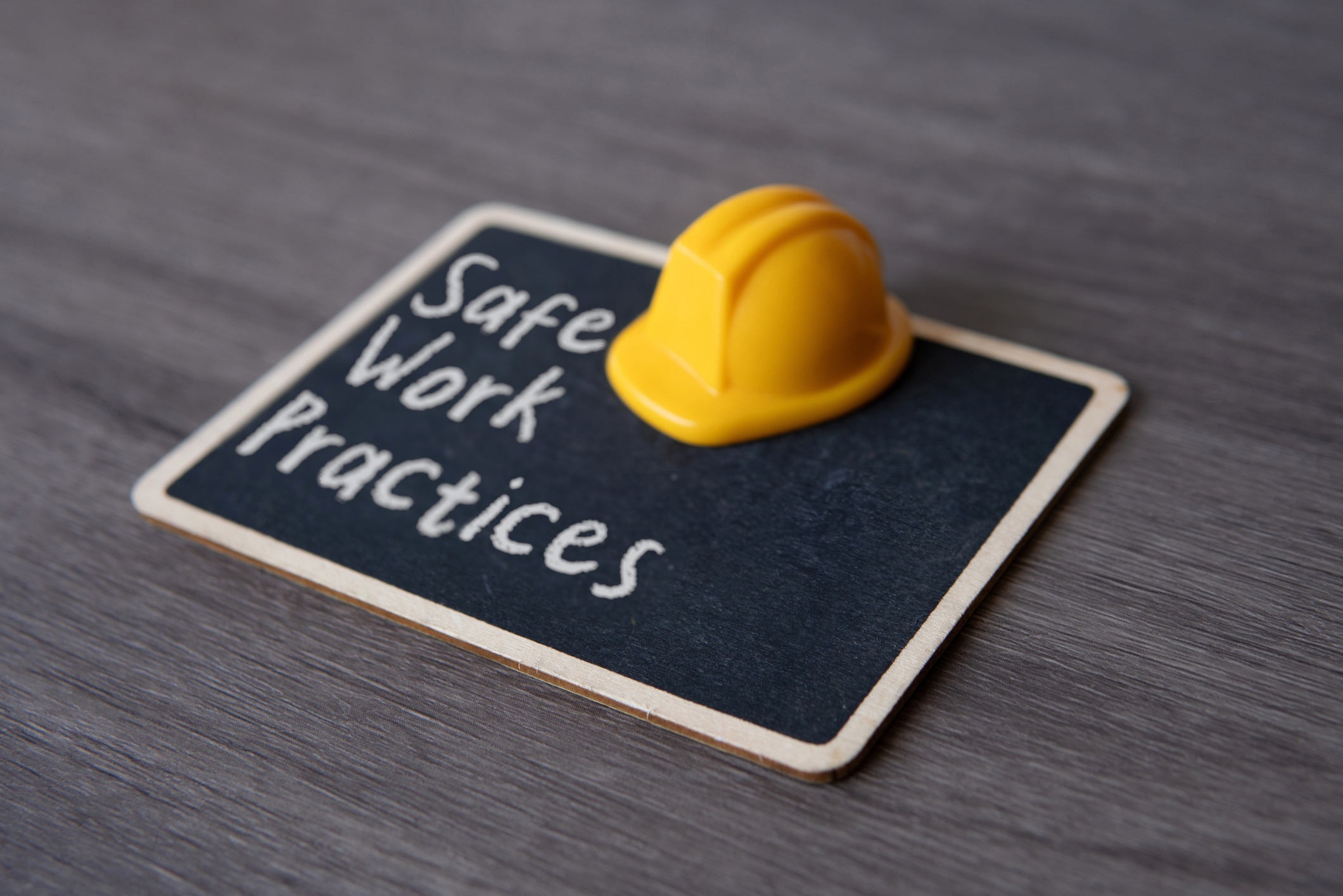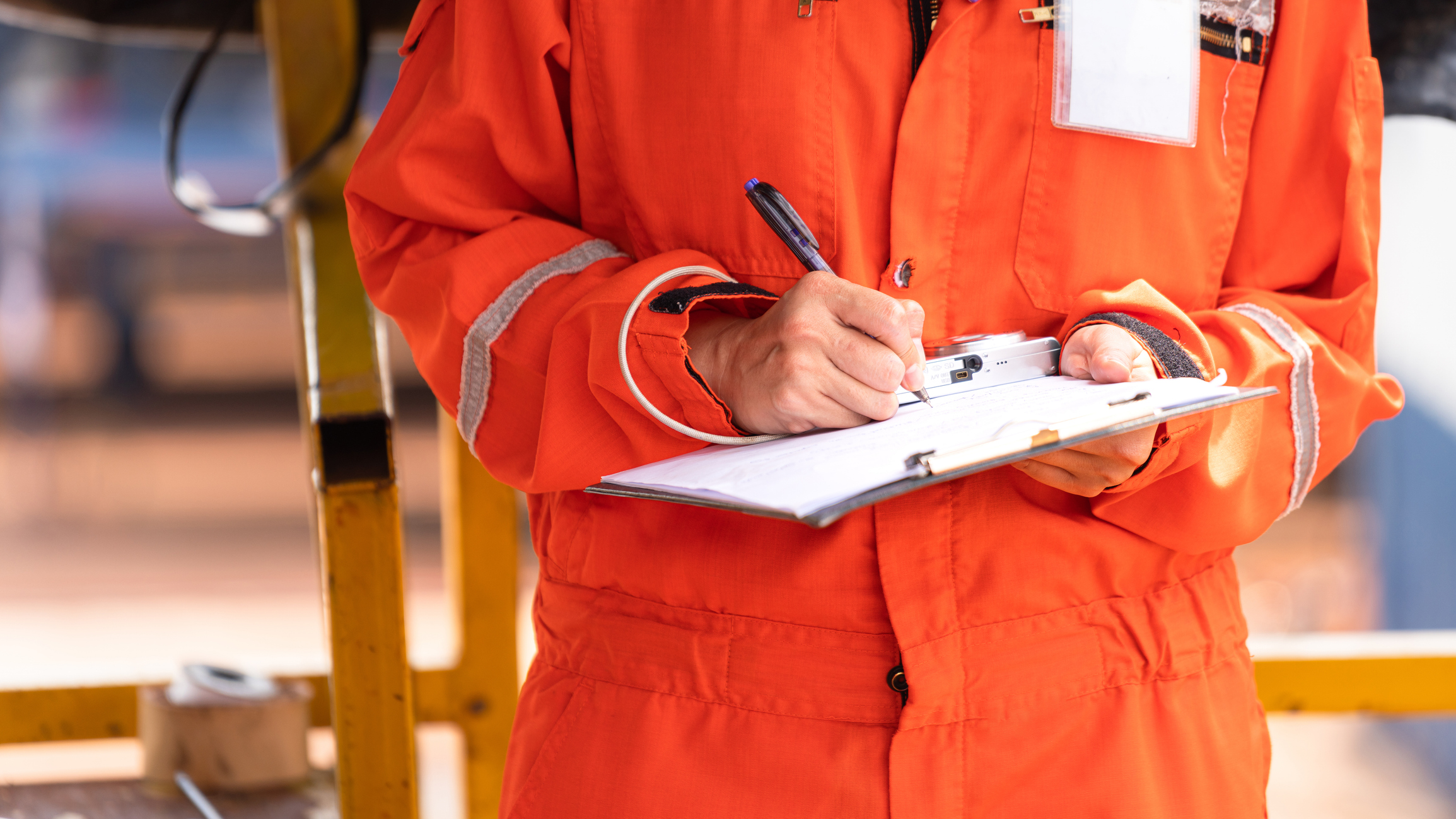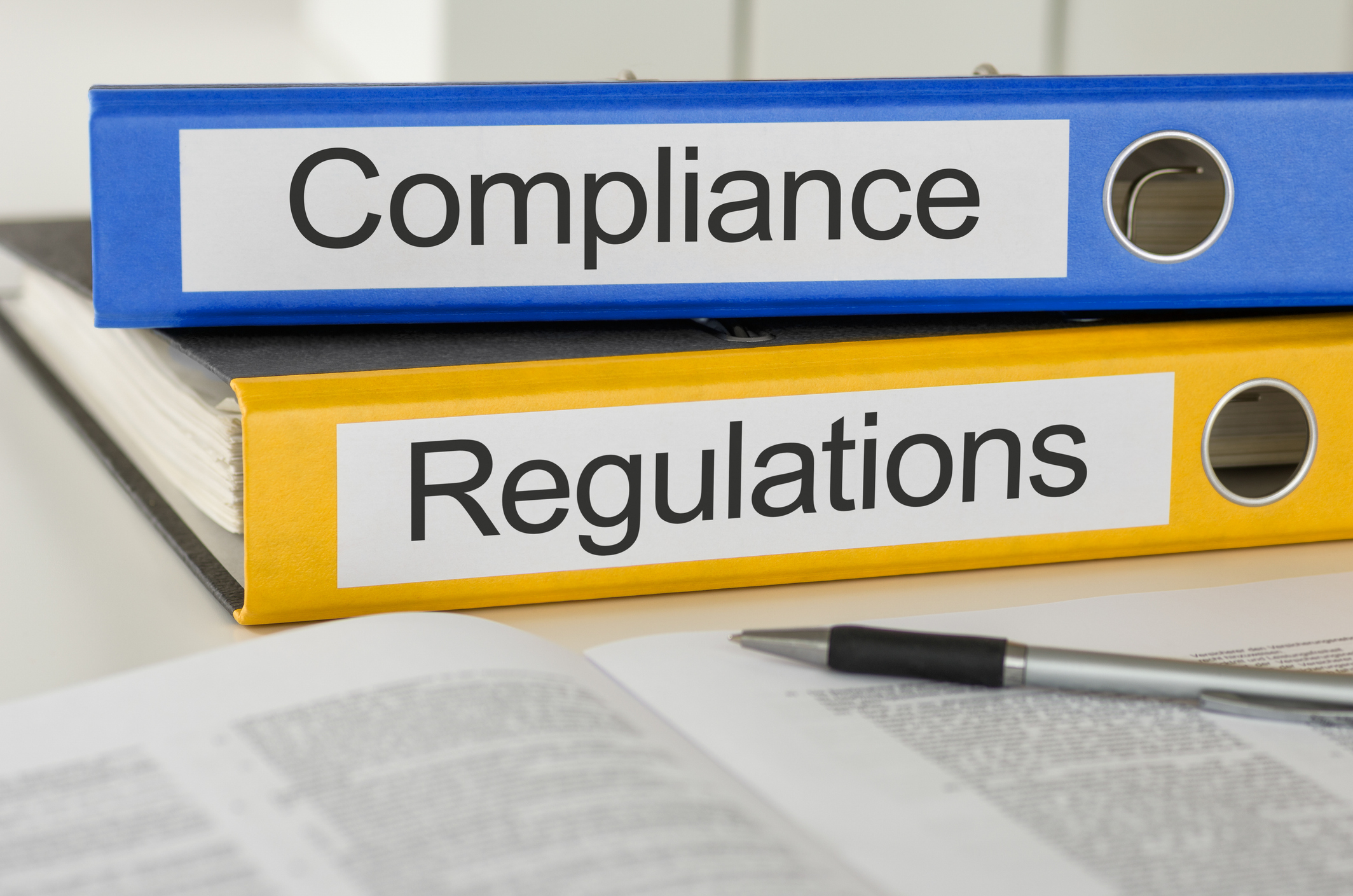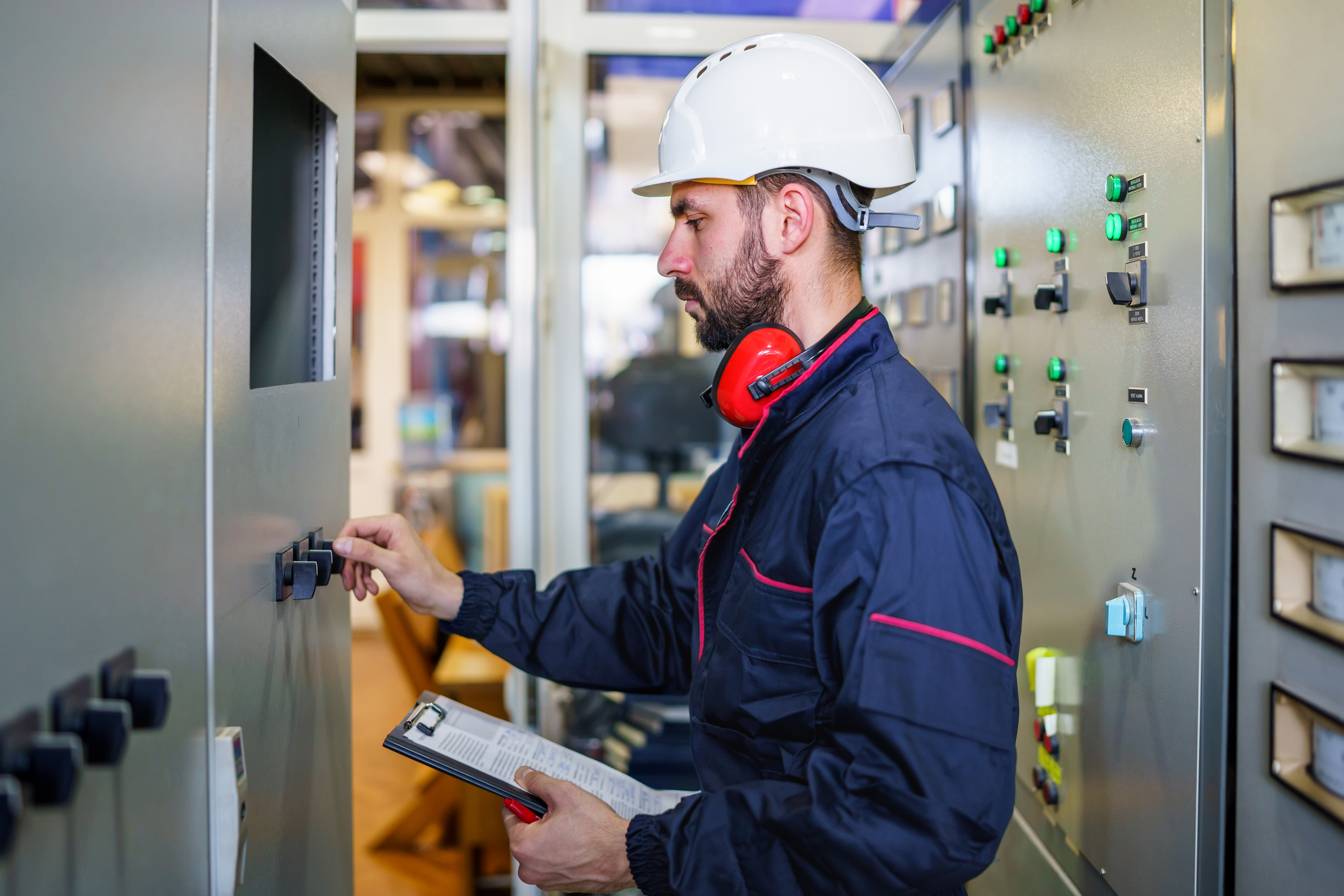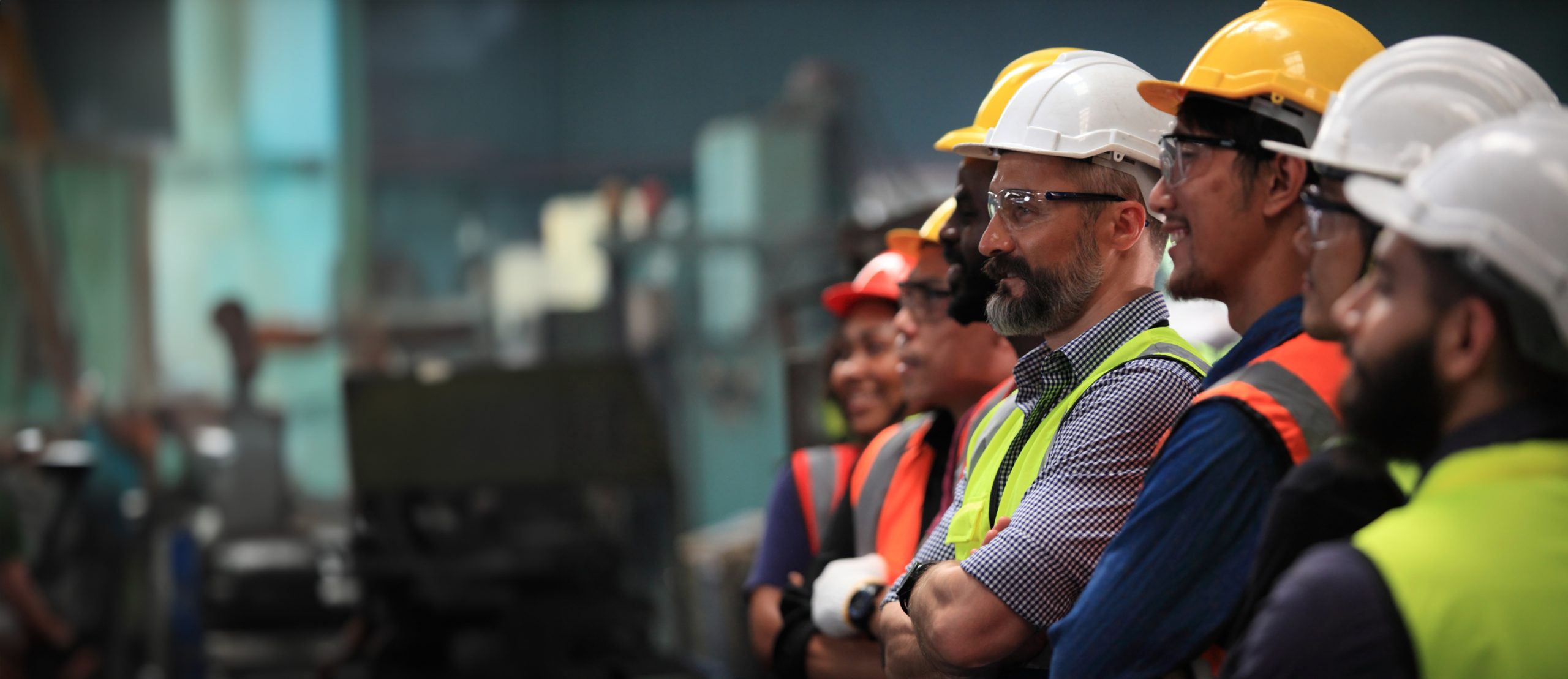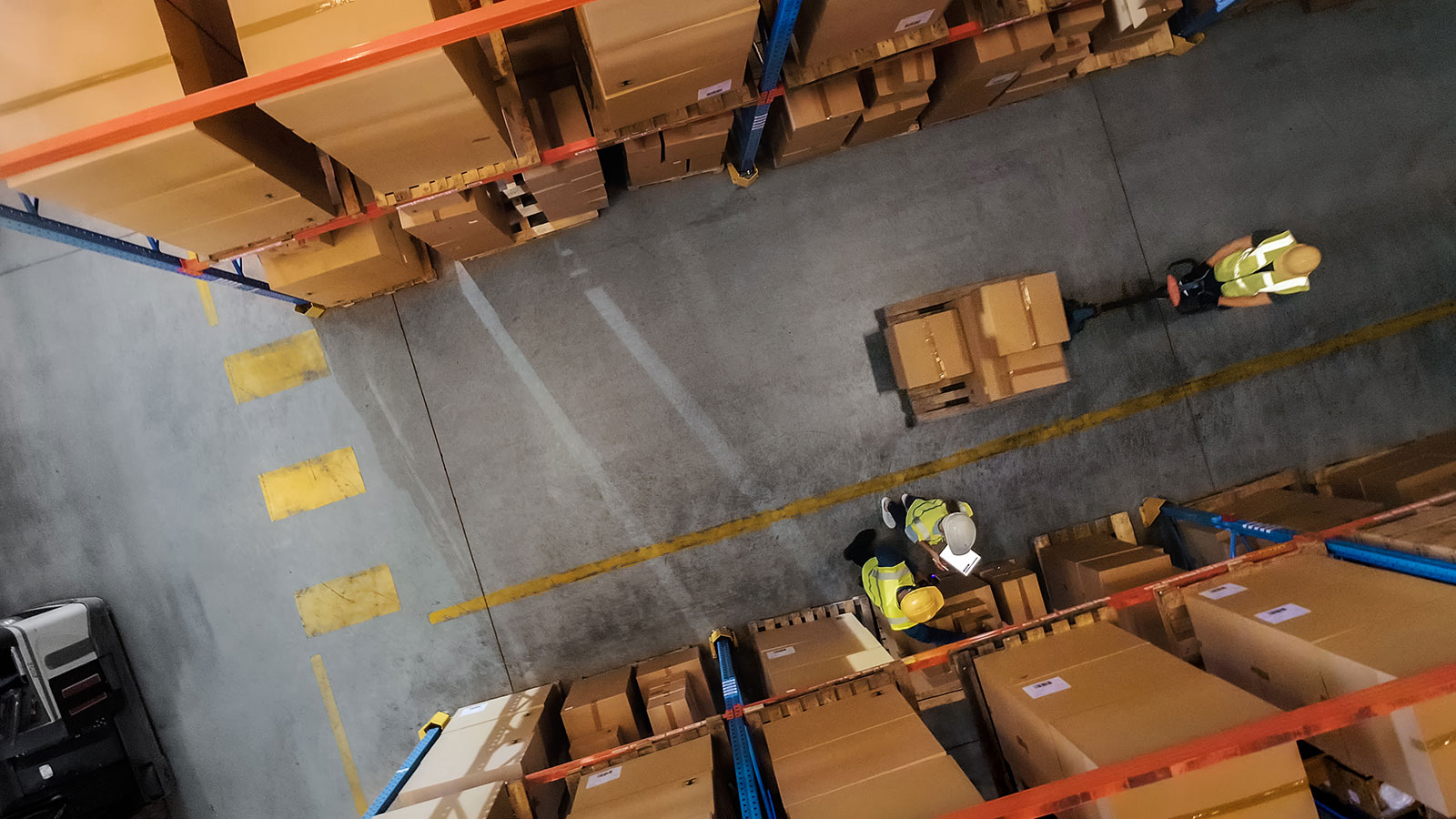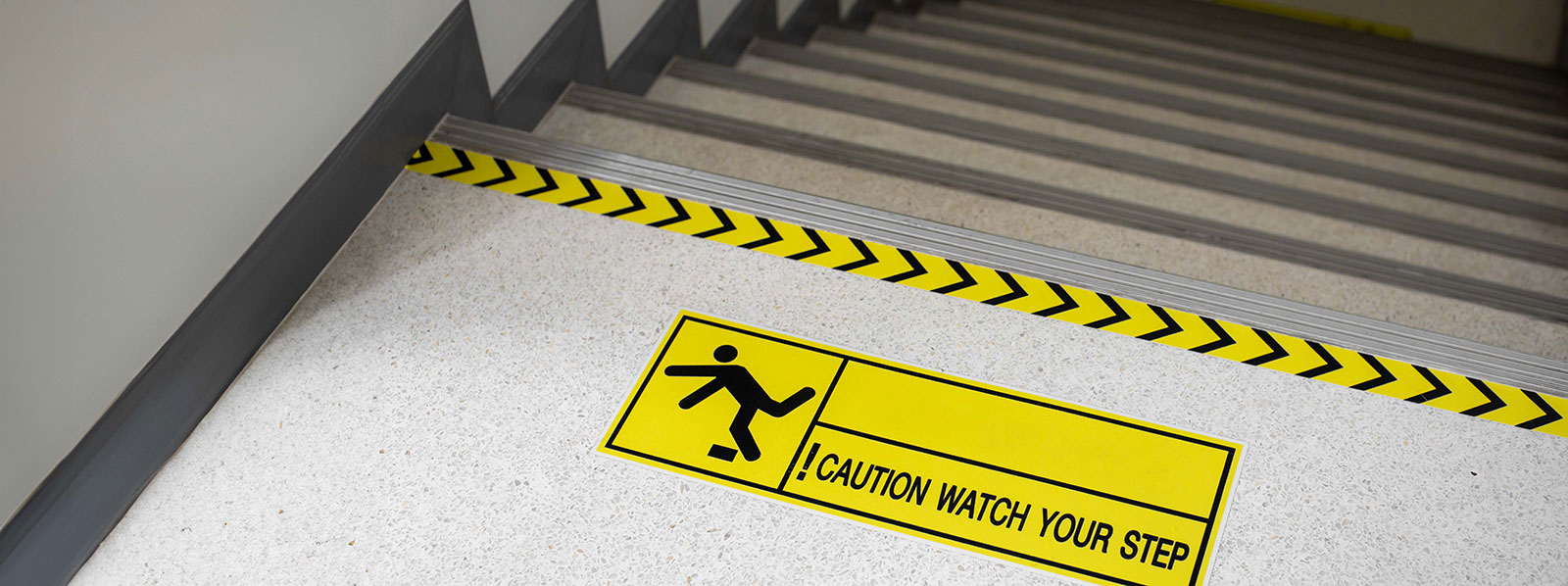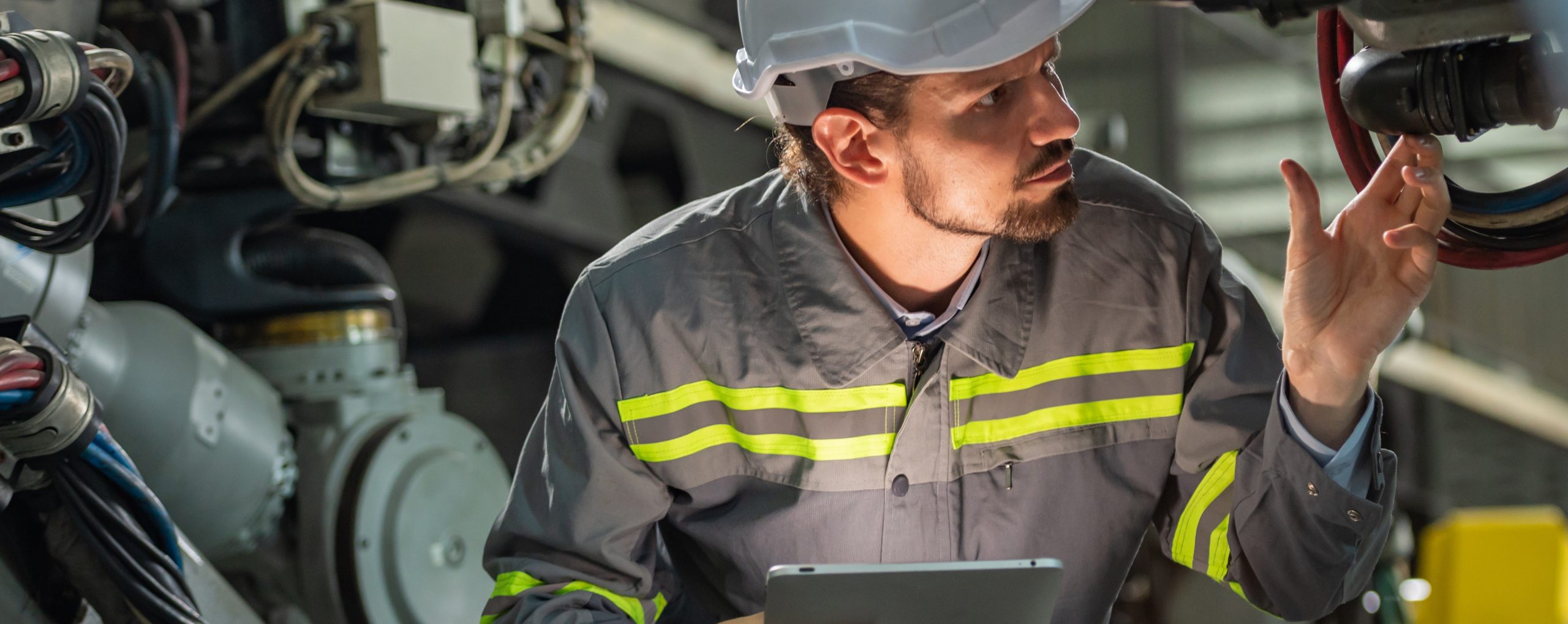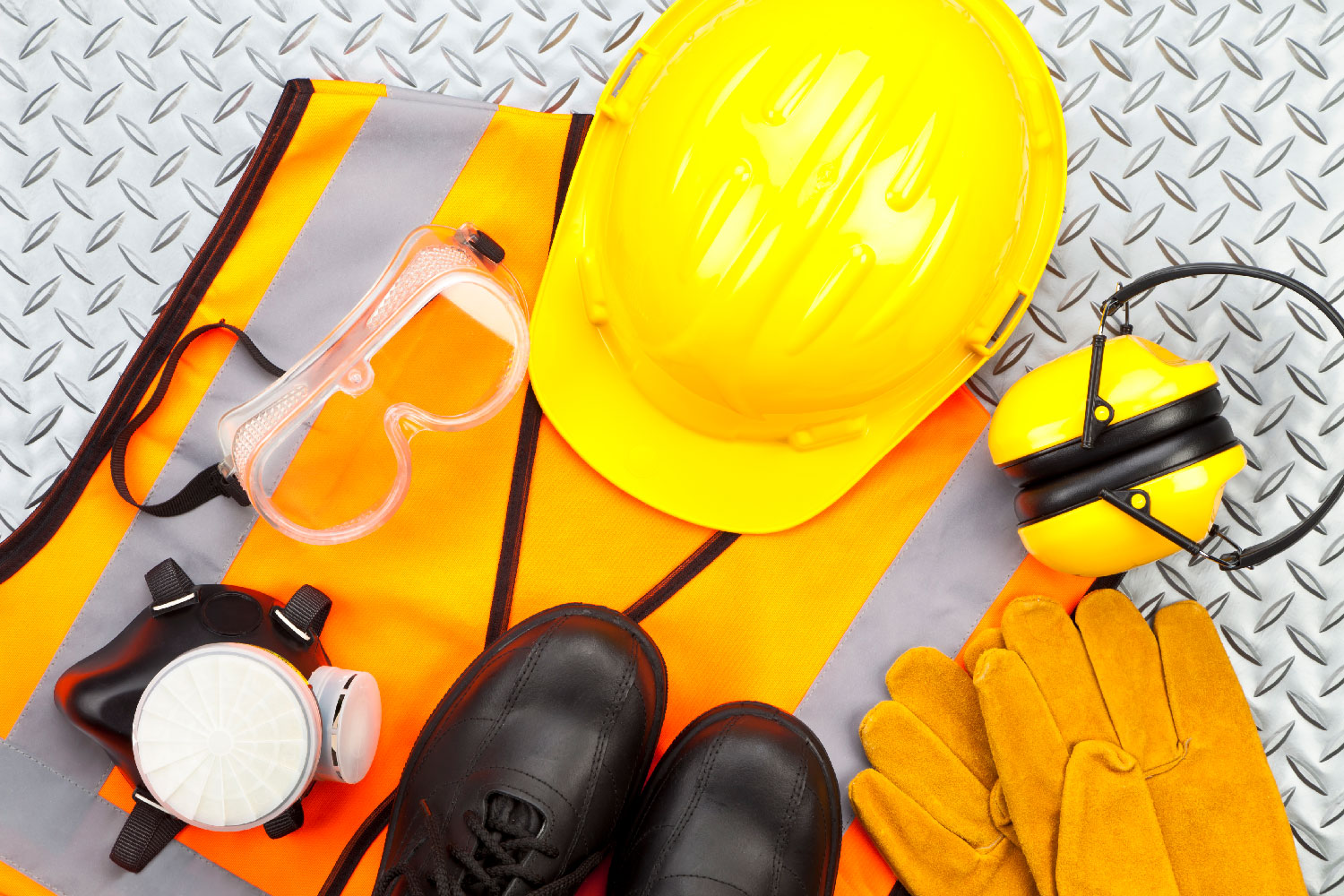
In today’s fast-paced work environments, ensuring the safety of employees is paramount. One of the most effective ways to protect workers from potential hazards is using Personal Protective Equipment (PPE).
Understanding PPE: What Is it and Why Is it Important?
Personal Protective Equipment refers to clothing and equipment designed to protect employees from hazards that may threaten their health and safety. This includes a wide range of items such as helmets, gloves, glasses, face shields, respirators, and high-visibility clothing.
The primary purpose of PPE is to reduce the risk of injury or illness caused by exposure to workplace hazards. According to Safe Work Australia, appropriate use of PPE can prevent injuries and save lives. It’s essential not just for compliance with workplace safety regulations but also for fostering a safety culture within an organisation.
Common Types of PPE
Common types of Personal Protective Equipment (PPE) include head protection like helmets and hard hats, which safeguard against falling objects and head injuries, particularly in construction and manufacturing industries. Eye and face protection, such as safety glasses and face shields, is essential for preventing serious eye injuries from flying debris and chemical splashes. Hearing protection, including earplugs and earmuffs, is crucial in noisy environments to avoid hearing loss.
Respiratory protection, provided by masks and respirators, filters harmful dust, fumes, and gases, safeguarding lung health. Hand protection comes in various glove materials tailored to specific tasks, protecting against cuts, abrasions, chemicals, and thermal hazards. Foot protection, such as steel-toed boots and non-slip footwear, prevents injuries from falling objects and slips, while high-visibility clothing ensures that workers are seen in hazardous environments, especially near moving vehicles or machinery. Together, these types of PPE play a vital role in maintaining workplace safety.
Implementing PPE Effectively
- 1. Risk Assessment: Conduct a thorough risk assessment to identify potential hazards in the workplace. This assessment will inform the selection of appropriate PPE for different tasks.
- 2. Training Employees: Proper training is crucial for effective PPE usage. Employees should understand when and how to use PPE, as well as the limitations of the equipment.
- 3. Regular Inspections and Maintenance: PPE must be regularly inspected for wear and tear. Defective equipment should be replaced immediately to ensure ongoing protection.
- 4. Providing Access and Comfort: Ensure that all employees have access to the necessary PPE and that it is comfortable and suitable for their specific tasks. Uncomfortable equipment may lead to non-compliance.
Download a free support services document.

It includes available support services and resources for employees, such as counselling services, and peer support networks to access when needed.
Just fill out the form and we will email it to you.


